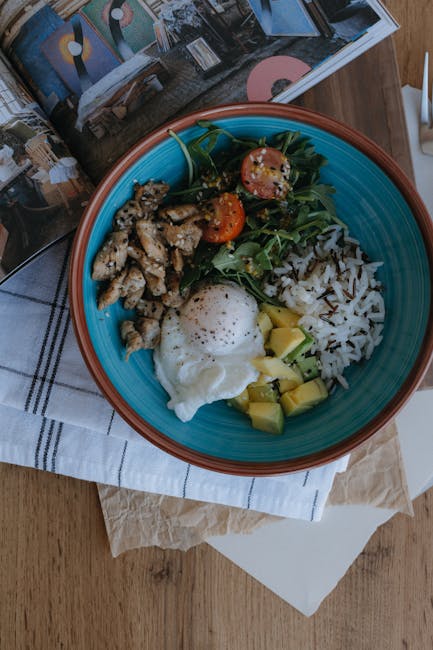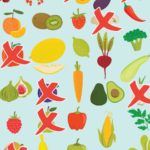Recipes Ne Demek? Unpacking the Meaning and Significance of Recipes
The Turkish phrase “Recipes ne demek?” translates directly to “What does recipe mean?” This seemingly simple question opens a door to a rich world of culinary history, cultural exchange, and personal expression. Understanding the meaning of “recipe” goes beyond a mere list of ingredients and instructions; it delves into the heart of food preparation, preservation, and the transmission of culinary knowledge across generations and cultures.
Beyond the Ingredients List: Defining “Recipe”
A recipe, at its most basic, is a set of instructions for preparing a particular dish. However, a truly comprehensive definition encompasses several crucial elements:
-
Ingredients: This is the foundation of any recipe. It specifies the precise quantities and types of ingredients needed. The level of detail varies depending on the recipe’s target audience and complexity. A beginner-friendly recipe might offer more guidance, while an experienced cook may only require a list of key ingredients.
-
Quantities: Accurate measurement is crucial for consistent results. Recipes typically employ standardized units of measurement (grams, milliliters, cups, teaspoons, etc.) to ensure replicability. Variations in quantities can significantly impact the final product’s taste, texture, and overall quality.
-
Instructions: This is the step-by-step guide to preparing the dish. Clear, concise, and well-organized instructions are essential for successful execution. Visual aids, such as photographs or videos, can significantly enhance clarity and ease of understanding.
-
Preparation Methods: Recipes detail the specific techniques employed, such as chopping, mixing, simmering, baking, or frying. Understanding these techniques is vital for achieving the desired outcome. Mastering basic cooking techniques expands culinary possibilities and allows for greater creativity in the kitchen.
-
Cooking Time and Temperature: Precise cooking time and temperature are paramount for achieving optimal results. These parameters vary significantly depending on the cooking method and the specific ingredients used. Deviation from recommended temperatures or timings can result in undercooked or overcooked dishes.
-
Equipment: Some recipes require specialized equipment, such as a food processor, stand mixer, or specific types of cookware. Clearly identifying the necessary equipment helps ensure that cooks have everything they need before beginning the process.
-
Serving Suggestions: Many recipes include suggestions for serving the dish, such as accompanying side dishes, garnishes, or drinks. These suggestions add context and enhance the overall dining experience.
The Cultural Significance of Recipes:
Recipes are more than just instructions; they are powerful vehicles for cultural transmission. They carry the flavors, aromas, and traditions of different cultures, preserving culinary heritage and passing down family recipes through generations. A recipe can evoke strong emotional memories and connect individuals to their roots. Regional variations in recipes reflect diverse culinary traditions and adaptations to local ingredients.
Consider, for example, the variations in pizza recipes across Italy. Neapolitan pizza differs significantly from Roman pizza, reflecting regional preferences and culinary traditions. Similarly, countless variations of pasta sauces exist, each with its own unique regional identity.
Recipes and the Evolution of Food:
Recipes are not static documents. They constantly evolve and adapt as culinary trends change, new ingredients become available, and cooks experiment with new flavors and techniques. Modern recipes often incorporate influences from various culinary traditions, resulting in creative fusion dishes. The sharing of recipes through cookbooks, online platforms, and social media accelerates this evolutionary process, fostering culinary innovation and creativity.
The Personal Touch: Adapting and Creating Recipes:
While following a recipe precisely is essential for consistent results, it’s also important to recognize the role of personal preference and creativity. Experienced cooks often adapt recipes to their liking, substituting ingredients, adjusting quantities, and adding their personal touch. This personalized approach reflects individual culinary tastes and expands the possibilities of any given recipe. The ability to modify a recipe demonstrates a deeper understanding of culinary principles and allows for the creation of unique and flavorful dishes.
Recipes and Technology: The Digital Age of Cooking:
The digital age has revolutionized the way recipes are shared, accessed, and utilized. Online platforms, recipe websites, and social media have made recipe discovery and sharing easier than ever before. Interactive recipe apps often include features like step-by-step video instructions, nutritional information, and personalized recommendations, further enhancing the cooking experience. The integration of technology into the culinary world has democratized access to culinary knowledge, making diverse recipes available to a broader audience.
Beyond the Kitchen: Recipes in Other Contexts:
The term “recipe” extends beyond culinary contexts. It can refer to any set of instructions or a formula for achieving a specific outcome. For instance, a “recipe for success” might refer to a set of guidelines for achieving a particular goal. This broader application highlights the versatility of the term and its implications beyond the culinary world.
Recipes and the Future:
The future of recipes lies in the intersection of technology, cultural exchange, and personal expression. Artificial intelligence may play an increasingly important role in recipe generation and customization, offering tailored recommendations based on individual dietary preferences and nutritional needs. As global culinary traditions continue to intertwine, the development of innovative and fusion recipes will continue to shape the future of food. The core meaning of “recipe,” however, remains unchanged: a pathway to culinary creativity, cultural preservation, and the delight of creating and sharing delicious food.





